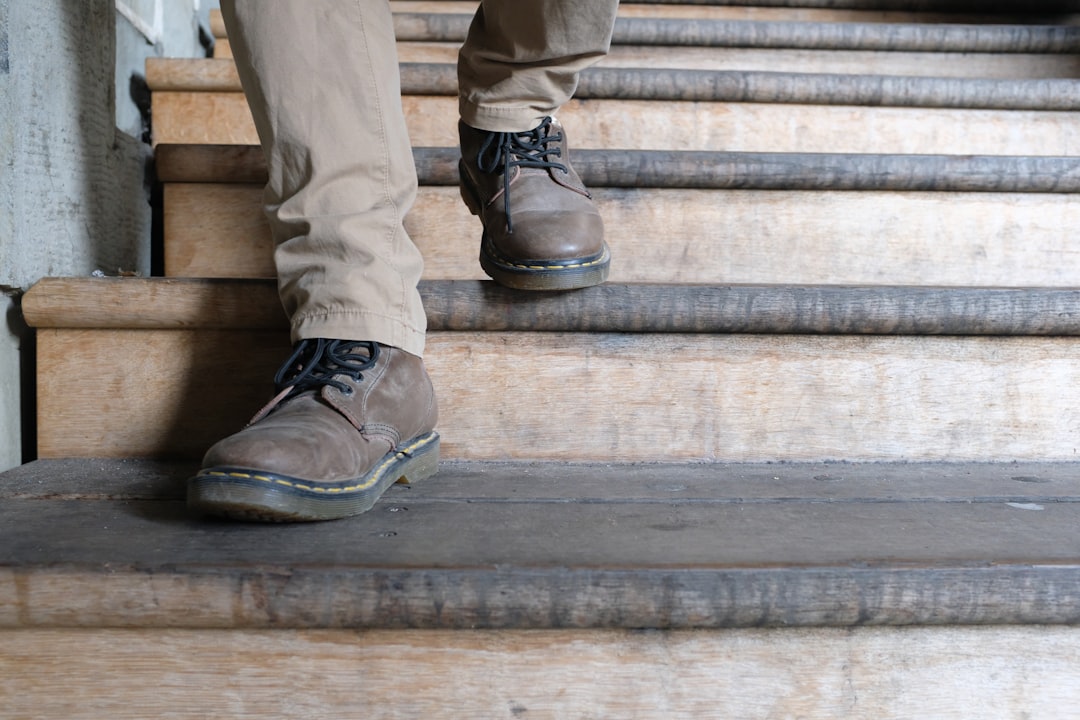Understanding Ductwork Costs for Construction Professionals
In 2025, the cost of residential ductwork installation ranges from $11 to $19 per linear foot, with high-humidity areas reaching $22-$25. Renovations can exceed $30 due to additional complexities. For construction professionals, understanding these costs is crucial for accurate budgeting and project planning.
What Influences Ductwork Costs?
Material, Labor, and Waste
Each linear foot price includes:
- Sheet-metal or flex duct sizes as per code
- Connectors, hangers, mastic, insulation, dampers, and fasteners
- Skilled labor for installation
- Standard waste factor based on jobsite conditions
Real-time updates from suppliers ensure accurate pricing.
Key Cost Drivers
- Duct Diameter: Larger diameters increase costs
- Insulation Rating: Higher ratings can increase material costs by 10-15%
- Layout Complexity: More elbows mean more labor
- Accessibility: Difficult areas increase labor costs
- Regional Labor Rates: Local wage data affects estimates
Accurate Estimations with CountBricks
AI Blueprint Takeoff
Our software quickly processes blueprints, providing precise linear-foot measurements.
Real-Time Supplier Pricing
Linked to regional distributors, ensuring estimates reflect current material costs.
Local Labor Database
Adjusts for union and non-union crews, including travel time for rural projects.
Automated Waste and Contingency
Standard waste is set at 8% for straight runs and 12% for complex retrofits.
Cost-Saving Strategies
- Optimize Layout: Straight-line trunking reduces costs
- Right-Size Equipment: Avoid oversized units
- Combine Trades: Share costs with other trades
- Choose Flex Duct: Use where allowed for cost efficiency
- Seal and Test: Prevent leaks to save energy costs
Efficient Workflow from Estimate to Contract
Step-by-Step Process
- Voice Call Capture: Record project details
- Instant Takeoff: Get preliminary counts during the call
- Live Pricing: Apply current rates for immediate estimates
- Auto-Generated Proposal: Receive a detailed PDF proposal
- E-Signature and Scheduling: Approve and schedule digitally
Why Choose CountBricks?
- Speed: Quick transition from call to contract
- Accuracy: Less than 2% variance in estimates
- Integration: Syncs with accounting software
- Transparency: Detailed line-item visibility
Get Started with Accurate Ductwork Estimates
Visit CountBricks.com to upload plans or schedule a demo. Discover your true cost of ductwork per linear foot and more.
Case Study: Maple Ridge Bungalow Retrofit
A 2,100 sq ft bungalow required a full HVAC overhaul. CountBricks ensured budget accuracy with precise estimates and strategic planning.
Project Highlights
- 310 linear ft of existing ductwork, with 180 ft reusable
- New R-8 insulated flex selected for branches
- Live per-foot rate of $24.15 due to regional price increases
Actions Taken
- Layout Optimization: Shortened main trunk, saving $530
- Joint Trade Scheduling: Eliminated additional setup fees
- Leak Testing Guarantee: Secured a $400 energy rebate
Outcome
Total costs were 1.5% below the original estimate, providing balanced airflow and cost transparency.
Pro Tips for Retrofits
- Use thermal cameras to identify issues early
- Consider insulation thickness in planning
- Budget for post-install leakage tests for efficiency
Explore more at CountBricks.com.

